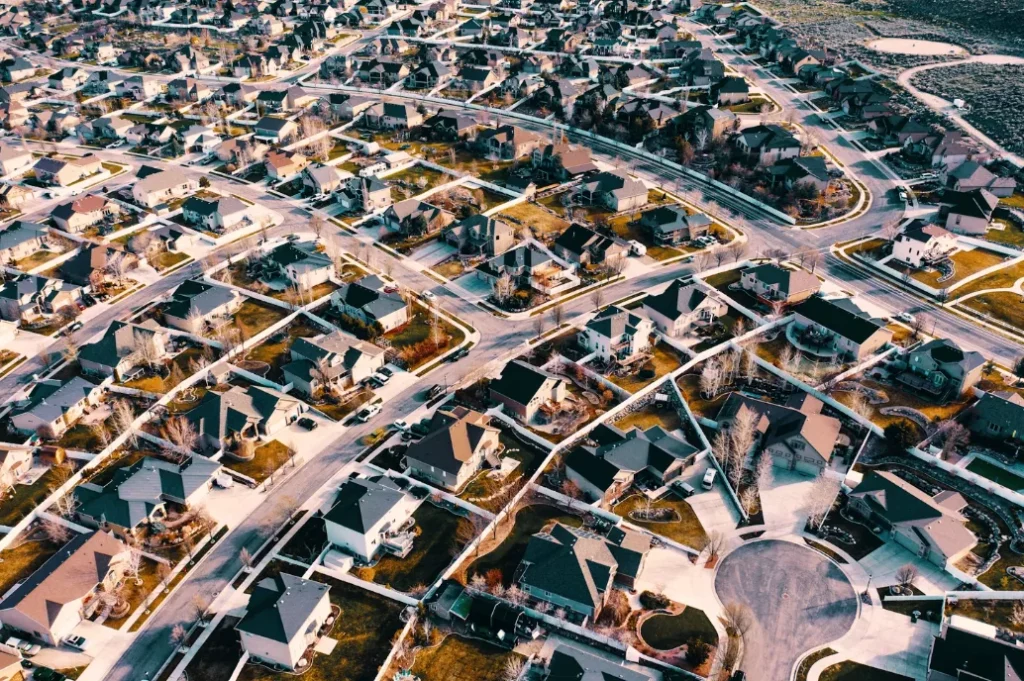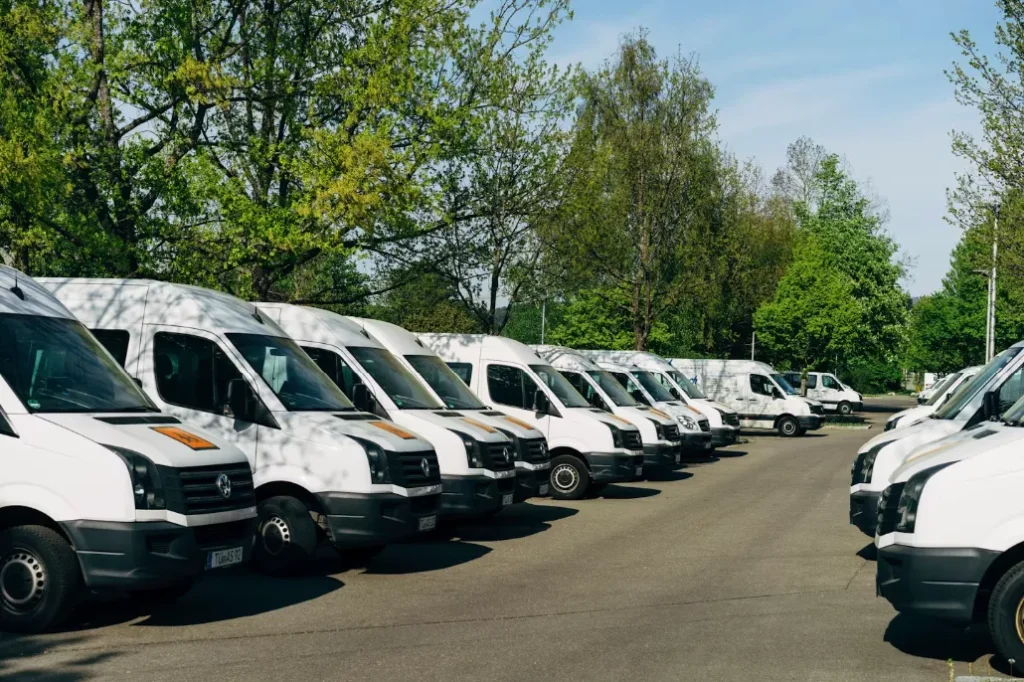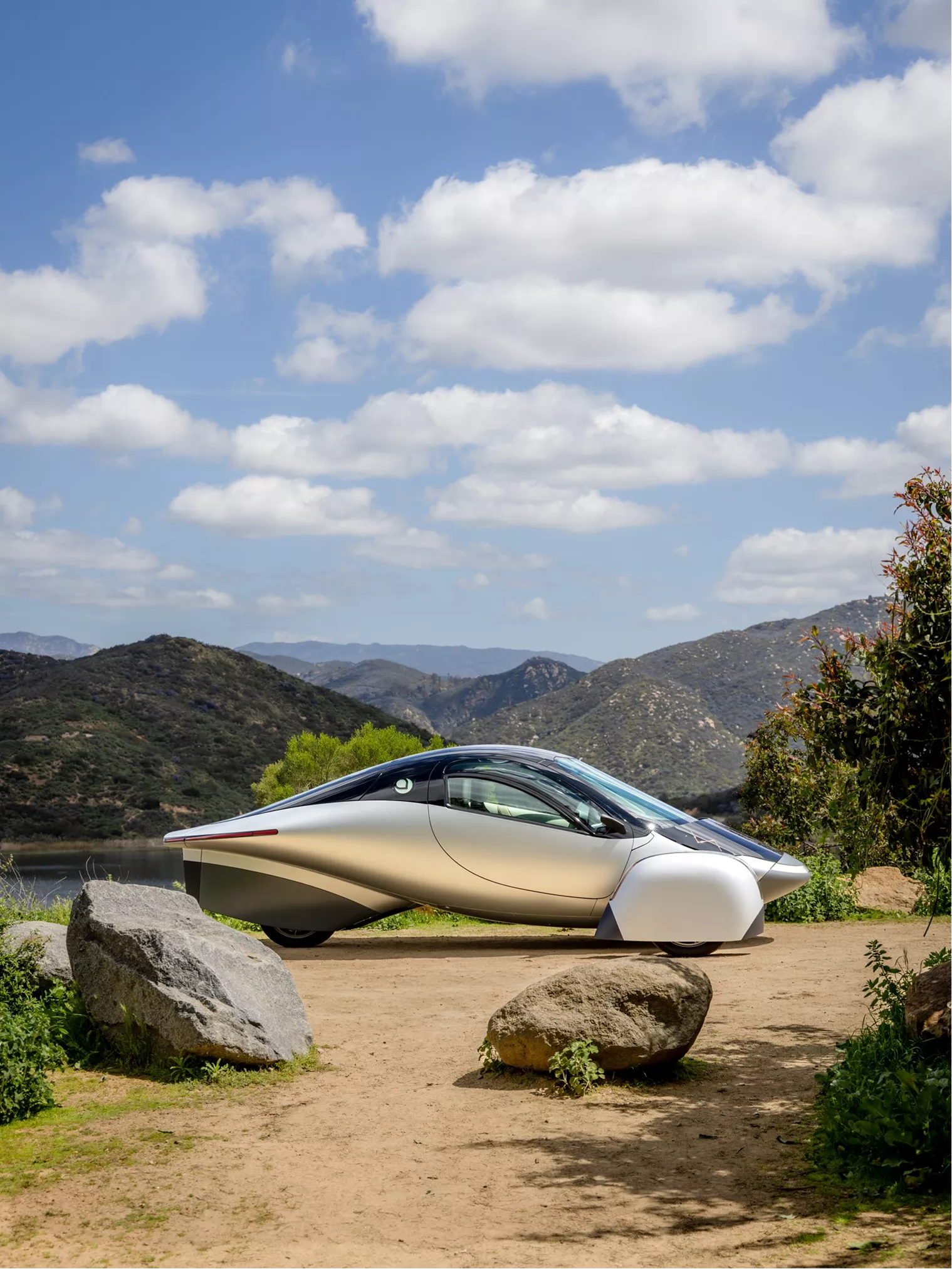








From EVs and batteries to autonomous vehicles and urban transport, we cover what actually matters. Delivered to your inbox weekly.
On Sunday, June 8, 2025, five autonomous Waymo vehicles were vandalized and set on fire during a surge of anti-ICE protests in downtown Los Angeles. The attack occurred between 5:20 and 5:30 p.m. near the intersection of Arcadia and Alameda Streets — just blocks from Union Station.
The vehicles, part of Waymo’s ~100-car fleet in Los Angeles, were parked in a high-foot-traffic area as demonstrations intensified across the city.
According to multiple eyewitnesses and footage reviewed by local news outlets, the Waymo cars were either already present in the area or potentially summoned via the Waymo app by protesters. The assault followed a methodical pattern:
The vehicles’ onboard systems, still active as the fires broke out, began honking simultaneously, amplifying the chaos. Protest chants mixed with the noise of police helicopters and fire alarms, creating a surreal and highly volatile scene.
As the flames engulfed the vehicles, another danger emerged. The lithium-ion battery packs inside the electric Waymo vehicles began to rupture and combust. These types of fires release highly toxic gases, most notably hydrogen fluoride (HF), a colorless but deadly compound that can cause severe respiratory damage and long-term neurological effects.
Research indicates that lithium-ion battery fires can emit between 20 and 200 mg of HF per watt-hour of battery capacity. For an electric vehicle like Waymo’s Jaguar I-Pace — equipped with a 90 kWh battery — that translates to several kilograms of hydrogen fluoride released per vehicle.
Exposure even at low concentrations can cause acute respiratory distress, chemical burns, and systemic organ failure.
In response, the Los Angeles Fire Department (LAFD) issued an immediate hazardous materials alert and began evacuating nearby buildings. The Los Angeles Police Department (LAPD) cordoned off surrounding streets, declared an unlawful assembly, and warned residents, media personnel, and protestors to avoid the area due to airborne toxins.
The five destroyed vehicles represent about 5% of Waymo’s L.A. fleet. At an estimated cost of $150,000–$200,000 per car, the damage totals between $750,000 and $1 million. In the hours following the attacks, Waymo suspended its autonomous ride-hailing service in the downtown area indefinitely.
In a brief public statement, the company confirmed it is working with law enforcement to investigate the incident. Although there is no official evidence that Waymo was deliberately targeted as a company, the attack’s scale and coordination raised internal security concerns.
Company officials emphasized that fleet replenishment will be swift. Waymo recently acquired over 2,000 new Jaguar I-Pace vehicles, enough to double its total capacity across all markets.
Still, the suspension marks a rare disruption in Waymo’s operations, one that underscores the physical and symbolic risks faced by autonomous fleets operating in politically charged environments.
The protests that culminated in the destruction of Waymo vehicles were triggered by a multi-day Immigration and Customs Enforcement (ICE) operation across Los Angeles. Beginning on Friday, June 6, ICE agents carried out coordinated raids at multiple sites, including clothing warehouses in the Fashion District, Home Depot stores, and other workplaces suspected of employing undocumented immigrants.
By Sunday, authorities had detained approximately 118 individuals.
The raids drew immediate backlash from immigrant rights groups, labor organizers, and the broader “Abolish ICE” movement. Demonstrators condemned the operations as punitive, discriminatory, and designed to instill fear in vulnerable communities. Organizers described them as “militarized workplace assaults” on working-class neighborhoods.
Initial protests began the evening of June 6 with scattered marches and blockades across Koreatown and Boyle Heights. Demonstrations grew rapidly over the weekend, with the largest convergence occurring on Sunday, June 8.
Around 2,000 people marched through downtown, eventually taking over the 101 Freeway near the Los Angeles Street exit, a critical artery connecting East L.A. to the Civic Center.
By late afternoon, police clashed with protesters using tear gas, flash-bang grenades, and pepper spray to disperse crowds. That same evening, the destruction of the Waymo vehicles unfolded just blocks away from ongoing confrontations between demonstrators and riot police.
In a nationally televised statement late Sunday night, President Donald Trump announced the deployment of 2,000 National Guard troops to Los Angeles under Title 10, Section 12406 of the U.S. Code, citing the protests as “a rebellion against lawful authority.”
The decision marked the first federal deployment of troops into California without a state request since the 1965 Watts Rebellion. It immediately provoked a constitutional crisis.
California Governor Gavin Newsom issued a formal rebuke, calling the deployment “illegal, immoral, and unconstitutional.” His office announced plans to file a legal challenge on grounds that the federal mobilization violated the Posse Comitatus Act, which restricts the use of military forces in domestic law enforcement.
Meanwhile, Defense Secretary Pete Hegseth warned that if violence continued, Marines from Camp Pendleton could be activated under emergency executive authority.
Legal scholars immediately questioned the federal government’s justification. While Section 12406 does permit the president to intervene in cases of rebellion or obstruction of law, it traditionally requires coordination with governors to avoid federal overreach. The absence of such coordination in this instance raised alarms about precedent and potential abuse of executive power.
State officials argued that the protests, though disruptive, did not warrant military intervention and could be handled by local law enforcement. Civil rights groups joined the chorus of condemnation, warning of a dangerous erosion of state autonomy and the militarization of civic dissent.
The events in Los Angeles didn’t occur in isolation — they fit into a wider pattern of conflict over immigration enforcement, civil protest, and the visibility of new technologies in urban environments.
The destruction of the Waymo vehicles became a flashpoint not only because of their monetary value or symbolic status as tech artifacts, but because it occurred at the intersection of multiple volatile issues: immigration, policing, automation, and public space.
As protests continued into the night across multiple districts, the situation on the ground remained unstable. But the deeper rupture was already clear — between federal and state authority, between emerging technologies and public sentiment, and between institutional power and street-level resistance.
Over the past 18 months, Waymo has been at the center of multiple vandalism incidents, many of which occurred during unrelated periods of social tension.
In February 2024, a Waymo vehicle was set on fire in San Francisco’s Chinatown using fireworks during Lunar New Year protests. In July 2024, a Castro Valley resident was charged with vandalizing 17 Waymo cars over a three-day period. Earlier this year, multiple vehicles were damaged in Beverly Grove, including slashed tires and shattered windows. In San Francisco’s SoMa district, activists briefly popularized “coning” — placing traffic cones on the hoods of AVs to disable their sensors and block operations.
These incidents highlight a growing backlash against the visibility and perceived intrusiveness of autonomous technology in everyday life.
For some, AVs represent the automation of good-paying jobs in trucking and taxi services. For others, they signal corporate overreach — products launched without public input, deployed into city streets already shaped by inequality and displacement.
During high-tension protests, AVs become easy, high-profile targets: expensive, unmanned, and often visibly recording their surroundings. They are also slow to react in chaotic environments, making them vulnerable to coordinated disruption.
For AV operators like Waymo, this presents a multi-dimensional challenge.
The broader industry cannot afford to ignore this trend. As AVs scale into public spaces, particularly in politically or socially unstable environments, their exposure grows, alongside the expectations placed on companies deploying them.
For cities, insurers, and regulators, the Los Angeles incident raises new questions: Should AV fleets be restricted during civil unrest? Should emergency response protocols include dedicated procedures for EV fire toxicity? Are cities prepared to secure emerging mobility infrastructure under conditions of protest or riot?